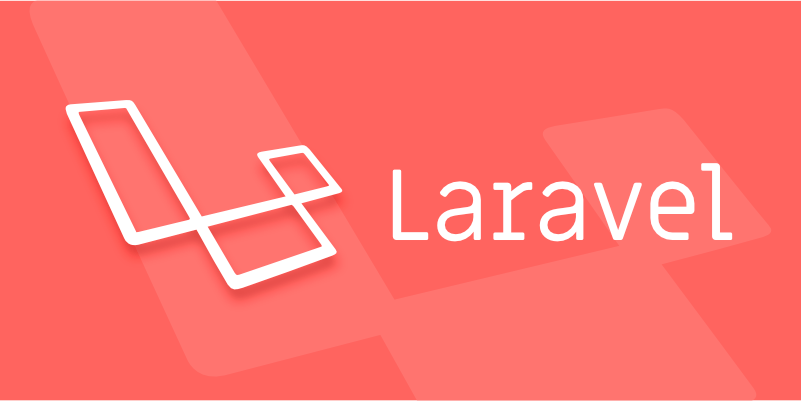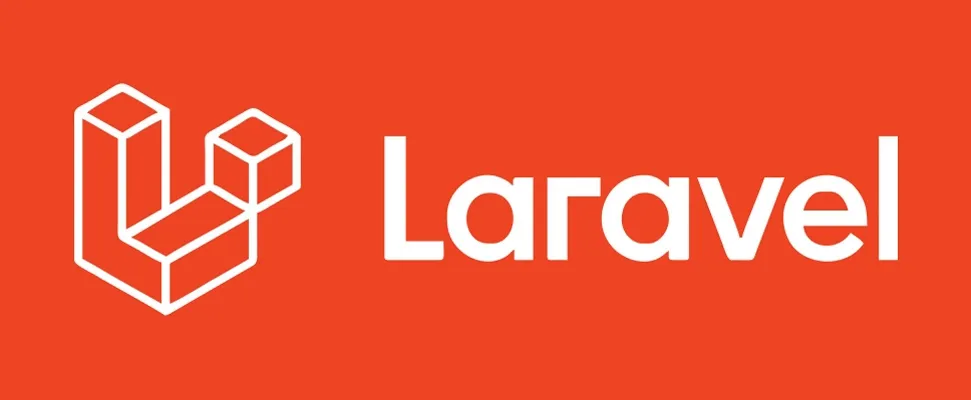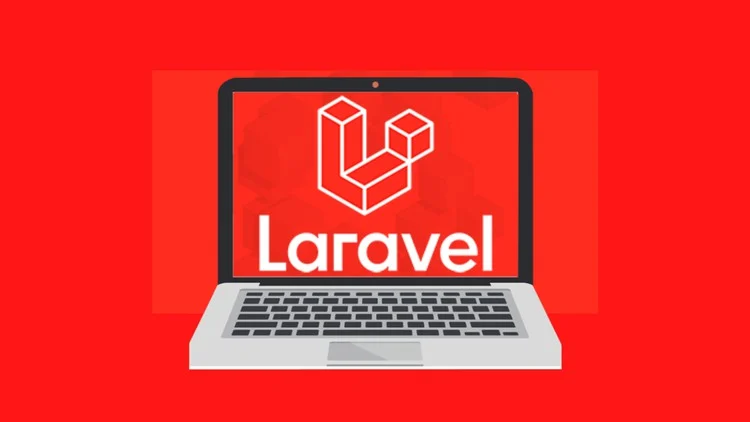Laravel prevents cross-site request forgery attacks by automatically verifying CSRF tokens. CSRF (cross-site request forgery) refers to attackers tempting users to perform involuntary operations. Laravel prevents such attacks by generating a unique token in each form and verifying the token when submitted; using @csrf in the Blade template can automatically generate a hidden token field; for AJAX requests, the token needs to be obtained through the meta tag and included in the request header; Common problems include token mismatch caused by long-term inactivity, AJAX request does not carry tokens, and manually build form missed tokens; Laravel does not perform CSRF checks on GET requests by default, but should not abuse the GET method to perform state change operations; VerifyCsrfToken middleware is responsible for handling token verification of all non-read requests, and can also exclude specific routes through configuration, but should be used with caution.

Laravel takes CSRF protection seriously and includes it by default in every new project, which is a good thing because it's an essential part of web security. The framework automatically checks for valid CSRF tokens on all POST, PUT, PATCH, and DELETE requests — basically any request that changes state.

What is CSRF and Why It Matters
CSRF stands for Cross-Site Request Forgery. It's a type of attack where an attacker tricks a user into performing an action they didn't intend to do — like submitting a form or making a purchase — while they're authenticated on a website. Since the browser sends cookies (including session cookies) with every request to the domain, the server sees it as a legitimate action.
Laravel uses a token-based system to prevent this. Each time a form is rendered, Laravel generates a unique token and stores it in the user's session. When a form is submitted, Laravel checks whether the token included in the request matches the one stored in the session. If not, it throws a TokenMismatchException and blocks the request.

How Laravel Adds CSRF Tokens Automatically
If you're using Blade templates and HTML forms, Laravel makes it easy to include the CSRF token without thinking much about it. You just need to add:
@csrf
inside your <form> tag, and Laravel will output a hidden input field like this:

<input type="hidden" name="_token" value="your-generated-token-here">
This token gets validated automatically when the form is submitted.
Another place you'll see CSRF tokens used is in AJAX requests. In those cases, Laravel expects the token to be sent in the headers. You can do this by adding a meta tag in your layout:
<meta name="csrf-token" content="{{ csrf_token() }}">Then, in your JavaScript code (like with Axios or jQuery), you can read that token and include it in the request headers. Most modern JS libraries have built-in support or helpers for this.
Common Pitfalls and Things to Watch Out For
Sometimes things go wrong even if you've followed the steps. Here are a few common issues and how to fix them:
- Token mismatch after long inactivity — Sessions expire, and so do CSRF tokens. If a user leaves a page open too long and submits a form, it might fail. Laravel handles this gracefully by throwing an exception and redirecting back with errors.
- AJAX requests without proper headers — Make sure you're including the CSRF token in your AJAX calls. Otherwise, Laravel won't recognize the request and will block it.
- Manually building forms without
@csrf— It's easy to forget, especially when writing raw HTML. Always double-check that you've added the token.
Also, keep in mind that Laravel doesn't check CSRF for GET requests by default. That makes sense since GET shouldn't be changing state anyway. But don't abuse GET for actions that should be POST/PUT/etc — it opens up potential vulnerabilities.
Middleware Handles the Rest
Under the hood, Laravel uses middleware called VerifyCsrfToken to check incoming requests. This middleware runs on every non-read request and verifies the token. You can find it in your App\Http\Middleware directory.
You can also whitelist certain routes from CSRF protection if needed. Just add their URIs to the $except array in the VerifyCsrfToken class. But be careful — only exclude routes that absolutely need to be public, like some webhook endpoints or external API callbacks.
Basically that's it. Laravel makes CSRF protection easy and mostly invisible once you know how it works. Just follow the conventions — use @csrf in forms, set up headers for AJAX, and don't disable it unless you really have to.
The above is the detailed content of How Laravel handles CSRF protection.. For more information, please follow other related articles on the PHP Chinese website!

Hot AI Tools

Undress AI Tool
Undress images for free

Undresser.AI Undress
AI-powered app for creating realistic nude photos

AI Clothes Remover
Online AI tool for removing clothes from photos.

Clothoff.io
AI clothes remover

Video Face Swap
Swap faces in any video effortlessly with our completely free AI face swap tool!

Hot Article

Hot Tools

Notepad++7.3.1
Easy-to-use and free code editor

SublimeText3 Chinese version
Chinese version, very easy to use

Zend Studio 13.0.1
Powerful PHP integrated development environment

Dreamweaver CS6
Visual web development tools

SublimeText3 Mac version
God-level code editing software (SublimeText3)
 How to set environment variables in PHP environment Description of adding PHP running environment variables
Jul 25, 2025 pm 08:33 PM
How to set environment variables in PHP environment Description of adding PHP running environment variables
Jul 25, 2025 pm 08:33 PM
There are three main ways to set environment variables in PHP: 1. Global configuration through php.ini; 2. Passed through a web server (such as SetEnv of Apache or fastcgi_param of Nginx); 3. Use putenv() function in PHP scripts. Among them, php.ini is suitable for global and infrequently changing configurations, web server configuration is suitable for scenarios that need to be isolated, and putenv() is suitable for temporary variables. Persistence policies include configuration files (such as php.ini or web server configuration), .env files are loaded with dotenv library, and dynamic injection of variables in CI/CD processes. Security management sensitive information should be avoided hard-coded, and it is recommended to use.en
 What is Configuration Caching in Laravel?
Jul 27, 2025 am 03:54 AM
What is Configuration Caching in Laravel?
Jul 27, 2025 am 03:54 AM
Laravel's configuration cache improves performance by merging all configuration files into a single cache file. Enabling configuration cache in a production environment can reduce I/O operations and file parsing on each request, thereby speeding up configuration loading; 1. It should be enabled when the application is deployed, the configuration is stable and no frequent changes are required; 2. After enabling, modify the configuration, you need to re-run phpartisanconfig:cache to take effect; 3. Avoid using dynamic logic or closures that depend on runtime conditions in the configuration file; 4. When troubleshooting problems, you should first clear the cache, check the .env variables and re-cache.
 How to develop AI intelligent form system with PHP PHP intelligent form design and analysis
Jul 25, 2025 pm 05:54 PM
How to develop AI intelligent form system with PHP PHP intelligent form design and analysis
Jul 25, 2025 pm 05:54 PM
When choosing a suitable PHP framework, you need to consider comprehensively according to project needs: Laravel is suitable for rapid development and provides EloquentORM and Blade template engines, which are convenient for database operation and dynamic form rendering; Symfony is more flexible and suitable for complex systems; CodeIgniter is lightweight and suitable for simple applications with high performance requirements. 2. To ensure the accuracy of AI models, we need to start with high-quality data training, reasonable selection of evaluation indicators (such as accuracy, recall, F1 value), regular performance evaluation and model tuning, and ensure code quality through unit testing and integration testing, while continuously monitoring the input data to prevent data drift. 3. Many measures are required to protect user privacy: encrypt and store sensitive data (such as AES
 How to make PHP container support automatic construction? Continuously integrated CI configuration method of PHP environment
Jul 25, 2025 pm 08:54 PM
How to make PHP container support automatic construction? Continuously integrated CI configuration method of PHP environment
Jul 25, 2025 pm 08:54 PM
To enable PHP containers to support automatic construction, the core lies in configuring the continuous integration (CI) process. 1. Use Dockerfile to define the PHP environment, including basic image, extension installation, dependency management and permission settings; 2. Configure CI/CD tools such as GitLabCI, and define the build, test and deployment stages through the .gitlab-ci.yml file to achieve automatic construction, testing and deployment; 3. Integrate test frameworks such as PHPUnit to ensure that tests are automatically run after code changes; 4. Use automated deployment strategies such as Kubernetes to define deployment configuration through the deployment.yaml file; 5. Optimize Dockerfile and adopt multi-stage construction
 Explain Laravel Eloquent Scopes.
Jul 26, 2025 am 07:22 AM
Explain Laravel Eloquent Scopes.
Jul 26, 2025 am 07:22 AM
Laravel's EloquentScopes is a tool that encapsulates common query logic, divided into local scope and global scope. 1. The local scope is defined with a method starting with scope and needs to be called explicitly, such as Post::published(); 2. The global scope is automatically applied to all queries, often used for soft deletion or multi-tenant systems, and the Scope interface needs to be implemented and registered in the model; 3. The scope can be equipped with parameters, such as filtering articles by year or month, and corresponding parameters are passed in when calling; 4. Pay attention to naming specifications, chain calls, temporary disabling and combination expansion when using to improve code clarity and reusability.
 PHP development user permission management monetization PHP permission control and role management
Jul 25, 2025 pm 06:51 PM
PHP development user permission management monetization PHP permission control and role management
Jul 25, 2025 pm 06:51 PM
User permission management is the core mechanism for realizing product monetization in PHP development. It separates users, roles and permissions through a role-based access control (RBAC) model to achieve flexible permission allocation and management. The specific steps include: 1. Design three tables of users, roles, and permissions and two intermediate tables of user_roles and role_permissions; 2. Implement permission checking methods in the code such as $user->can('edit_post'); 3. Use cache to improve performance; 4. Use permission control to realize product function layering and differentiated services, thereby supporting membership system and pricing strategies; 5. Avoid the permission granularity is too coarse or too fine, and use "investment"
 How to use PHP combined with AI to analyze video content PHP intelligent video tag generation
Jul 25, 2025 pm 06:15 PM
How to use PHP combined with AI to analyze video content PHP intelligent video tag generation
Jul 25, 2025 pm 06:15 PM
The core idea of PHP combining AI for video content analysis is to let PHP serve as the backend "glue", first upload video to cloud storage, and then call AI services (such as Google CloudVideoAI, etc.) for asynchronous analysis; 2. PHP parses the JSON results, extract people, objects, scenes, voice and other information to generate intelligent tags and store them in the database; 3. The advantage is to use PHP's mature web ecosystem to quickly integrate AI capabilities, which is suitable for projects with existing PHP systems to efficiently implement; 4. Common challenges include large file processing (directly transmitted to cloud storage with pre-signed URLs), asynchronous tasks (introducing message queues), cost control (on-demand analysis, budget monitoring) and result optimization (label standardization); 5. Smart tags significantly improve visual
 How to build a content payment platform through PHP How to implement PHP paid reading system
Jul 25, 2025 pm 06:30 PM
How to build a content payment platform through PHP How to implement PHP paid reading system
Jul 25, 2025 pm 06:30 PM
To build a PHP content payment platform, it is necessary to build a user management, content management, payment and permission control system. First, establish a user authentication system and use JWT to achieve lightweight authentication; second, design the backend management interface and database fields to manage paid content; third, integrate Alipay or WeChat payment and ensure process security; fourth, control user access rights through session or cookies. Choosing the Laravel framework can improve development efficiency, use watermarks and user management to prevent content theft, optimize performance requires coordinated improvement of code, database, cache and server configuration, and clear policies must be formulated and malicious behaviors must be prevented.






